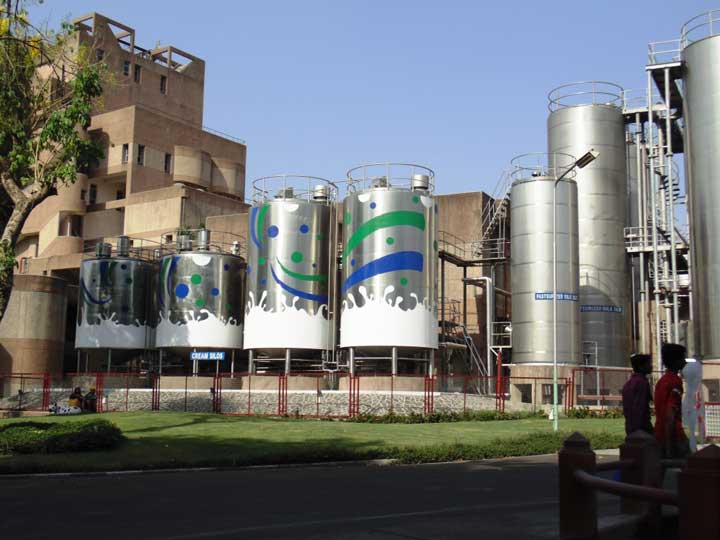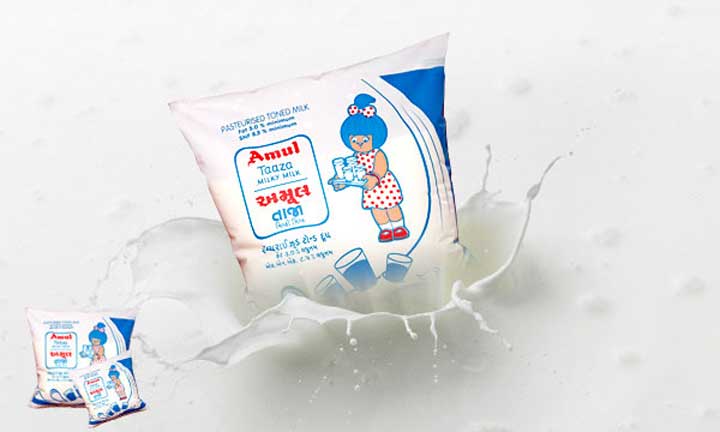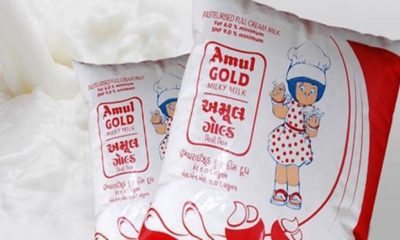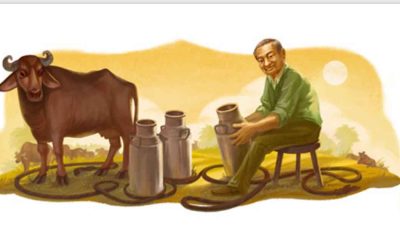News
Amul Dairy Aims For A RS. 50,000 Crore Turnover In The Next Four Years
Leading Indian dairy brand, Amul, plans to double its turnover to Rs. 50,000 crore over the next four years. “After taking into consideration the continuous rise in demand for Amul products, we are anticipating at least 20 per cent growth in our turnover for next 4 years,” said R S Sodhi, the managing director of the Gujarat Milk Marketing Federation, the parent company of Amul.
About the GMMF and Amul Dairy
Started in 1946, the GMMF was inspired by the freedom movement against colonisation in India. Following a milk strike by farmers in Gujarat, the farmers formed their own milk cooperative that became known as Amul Dairy. Amul Dairy played a major role in ‘Operation Flood’ in the 1960’s, which sought to make India a fully milk sufficient nation. The Amul model of dairy development inspired many dairy farmers and unions across the country. It consists of a dairy corporative society at a village level, which is then consolidated under a milk union at a district level which is then monitored by member unions at a state level.
Amul Dairy has several popular products including Amul milk, bread spreads, cheese, ice cream, paneer, dahi and ghee.
Amul’s Growth In India
Since its establishment, Amul Dairy has gone from strength to strength. Over the past six years, the company’s turnover has tripled to Rs. 23,000 crores.
“Value-added products sale has been showing tremendous growth. The sale of beverage product like Amul kool, fermented products like curd and butter milk has risen sharply. So all these are pushing our growth rate,” said Sodhi. However, till date Amul milk remains the brand’s most popular product making up 50% of Amul’s turnover.
Last year, Amul tied up with 1000 villages from Punjab, who provide the brand with milk catering to an increasing demand.
A recent report by Euromonitor, which analyses markets and consumer patterns globally found that Amul is now at the head of the packaged food market with 7.2% retail value shares. Taking this under consideration, it seems likely that the brand’s turnover aims may just pan out.




















